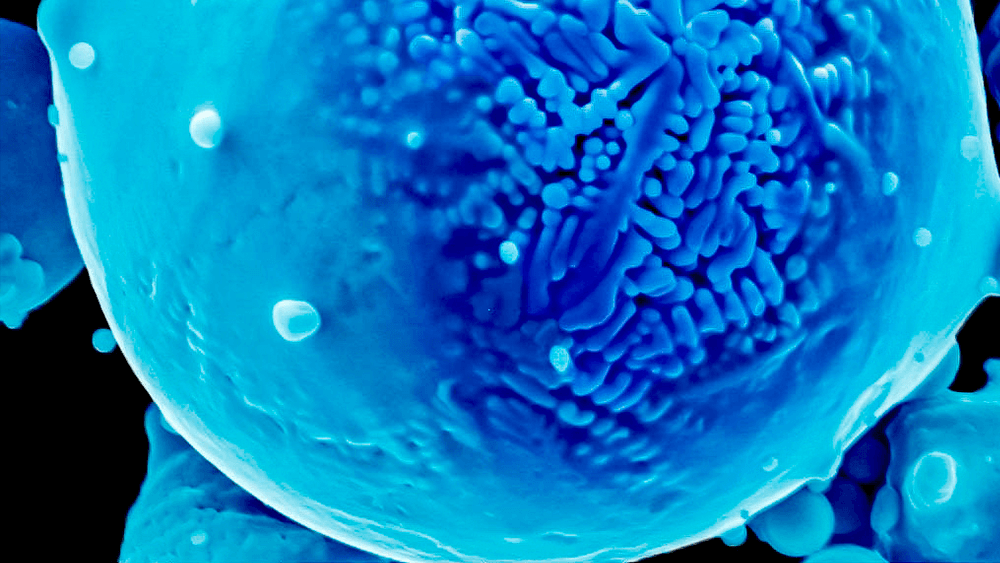
Researchers at Texas A&M University have used machine learning to help improve the quality of laser bed powder fusion 3D printed parts.
They have identified the alloy chemistries and process parameters, such as laser speed and power, required to print parts with uniform properties at the microscale, the university said.
‘Our original challenge was making sure there are no pores in the printed parts because that’s the obvious killer for creating objects with enhanced mechanical properties,’ said Raiyan Seede, doctoral student in the department of materials science and engineering. ‘But having addressed that challenge in our previous work, in this study, we take deep dives into fine-tuning the microstructure of alloys so that there is more control over the properties of the final printed object at a much finer scale than before.’
Because individual metals in an alloy powder have very different cooling properties and consequently solidify at different rates, microsegregation can occur. According to Seede, this defect appears as tiny pockets containing a slightly different concentration of the metal ingredients than other regions of the printed part. These inconsistencies compromise the mechanical properties of the printed object.
To rectify this, the research team investigated the solidification of four alloys containing nickel and one other metal ingredient. In particular, for each of these alloys, they studied the physical states or phases present at different temperatures for increasing concentrations of the other metal in the nickel-based alloy. Using phase diagrams, they could determine the chemical composition of the alloy that could lead to minimum microsegregation during additive manufacturing (AM).
The researchers also melted a single track of the alloy metal powder for different laser settings and determined the process parameters that would yield porosity-free parts, and combined the information gathered from the phase diagrams with that from the single-track experiments to get a consolidated view of the laser settings and nickel alloy compositions that would yield a porosity-free printed part without microsegregation.
Finally, machine-learning models were used to identify patterns in their single-track experiment data and phase diagrams to develop an equation for microsegregation applicable to any other alloy. According to Seede, the equation is designed to predict the extent of segregation given the solidification range, material properties, and laser power and speed.
The researchers have published their findings in the journal Additive Manufacturing.
This story uses material from Texas A&M, with editorial changes made by Materials Today.




